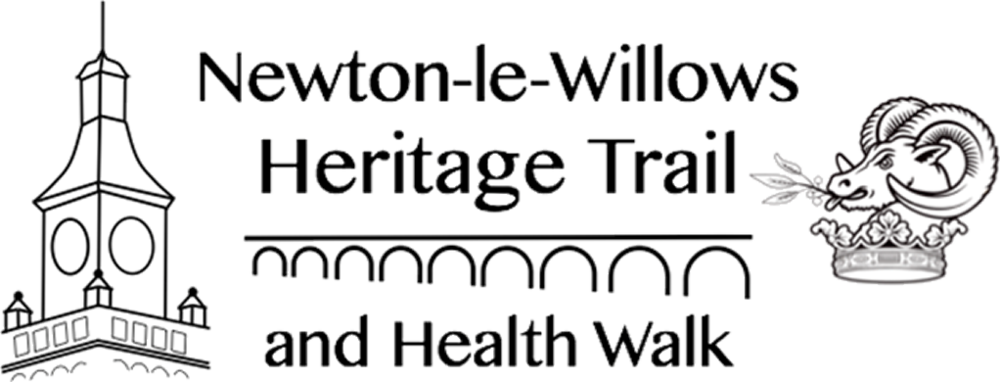High Street - south
High Street has its origins as a medieval road, along which the town evolved, characterised by its burgages, which were formally administered plots of land.
These were typically found in medieval towns such as Preston and Wigan and suggested that Newton was a borough as long ago as the late 1300s.
The 1465 Legh Survey indicated that the building pattern along the frontage of High Street was not continuous and this remained the case until the mid-1700s. However by the 1900s the street frontage had become almost completely built up.
By the 1500s Newton had declined to a minor market town, with activities mainly reflecting its agricultural setting, with little evidence of industry developing before the Industrial Revolution.
St Peter's Church
Newton used to lie within the parish of Winwick and the church of St Oswald is mentioned in the Domesday Book.
The earliest reliable reference to a chapel in Newton occurs in 1284 when Sir Robert Banastre was granted a chantry in his chapel.
In about 1683 a larger chapel replaced what was described as a small and ruinous structure, followed by several enlargements through the 1800s, culminating in complete rebuilding between 1892 and 1898.
Stocks
How long the stocks have been in Newton is unknown, but they had been a form of punishment in England for the likes of drunkards and so on since at least 1352. On Sundays the Warden and Sidesmen of St Peter’s Church were known to visit the public houses, which at that time were not supposed to open until after the afternoon service. Anyone found drinking during the time of the service, could be put in the stocks by the Wardens or the Parish Constable for an hour or two. The last known official use of them was in 1859.
Castle Hill
Castle Hill is the surviving part of a motte and bailey castle dating from the early part of Norman Britain. On top of a mound of earth, known as the motte, sat a stone or timber tower surrounded by a palisade fence. The bailey was an embanked enclosure containing further buildings which adjoined the motte.
No exact date can be found for the construction of the castle, but it is likely to be between 1050 and 1300. It is likely to have been abandoned before 1341 when Robert de Langton obtained a licence to fortify his manor house at Newton, probably on the site of the nearby Newton Hall, itself demolished as recently as 1964.
Civic Hall
This building on the corner of High Street and Park Road was the seat of local government in Newton-le-Willows until a short time after the construction of the Earlestown Town Hall in 1892/3. After that time it was renamed the Civic Hall and was used as a community facility until it was demolished in 1995. The above photograph was taken in 1974 and shows the last Chairman of the Newton Urban District Council Robert Knight and his wife Nancy.





